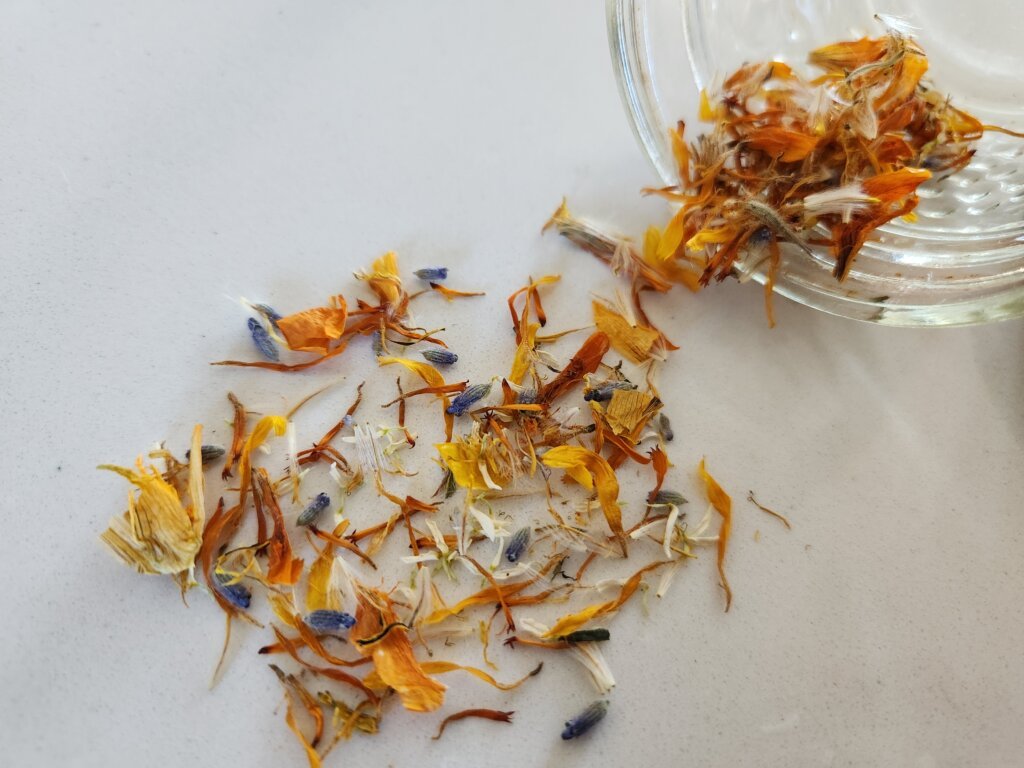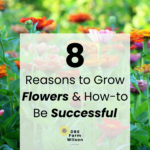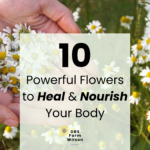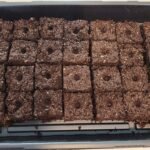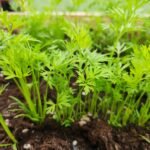If you’re anything like me, I am somehow a sucker for the British royals and their drama. So obviously I had to watch the new Netflix show, ‘With Love, Meaghan’ – which was actually a good little show that I really enjoyed. It reminded me of the cooking/lifestyle episodes on TV, which is exactly what it’s supposed to be. In this show, Meaghan mentions using ‘flower sprinkles’ as decoration for a lot of the food she makes. It occurred to me in the moment that it would be a great idea to substitute for sprinkles with my littles (who love sprinkles and color).
Even if you’re not a British royals fan like me, flower sprinkles are definitely something you should try. They are 100% organic, homemade and has none of the toxic chemicals commonly found in sprinkles. (Just to be clear – there is no shame here. We eat sprinkles in my house, I don’t buy them, but if someone brought baked goods over or bought my children cupcakes with sprinkles they will be eaten and enjoyed. In this life we need to be realistic and have a good sense of balance. I don’t choose to buy it or give it to my children, but I won’t force them not to enjoy a treat someone brought for them out of kindness.)
I’ll dive into the details on food dyes below, and based on the rainbow of colors I’ll outline some edible flowers you could use to make your very own, healthy, organic and nutritious flower sprinkles.
This post contains affiliate links. If you use these links to buy something we may earn a commission. Thanks.
Why Not Use Regular Sprinkles?
Children love sprinkles. Sprinkled donuts, cookies, brownies, smoothies, everything and anything. Sprinkles are made of:
- Corn syrup
- sugar
- cornstarch
- wax
- artificial food colorings
- artificial flavors
The terms ‘artificial flavors’ and ‘artificial food colorings’ (aka food dyes) are my big problem. The other ingredients aren’t great either, high amounts of sugar and offer no nutritional value. I’ll go a bit into the food dye drama below. Food dyes aside, why feed your children, family and friends unhealthy foods? Flower sprinkles are 100% organic, ideally even grown in your own garden. They’re so easy to make and are also medicinal. It’s a ‘No Brainer’, use healthy organic options when you can.
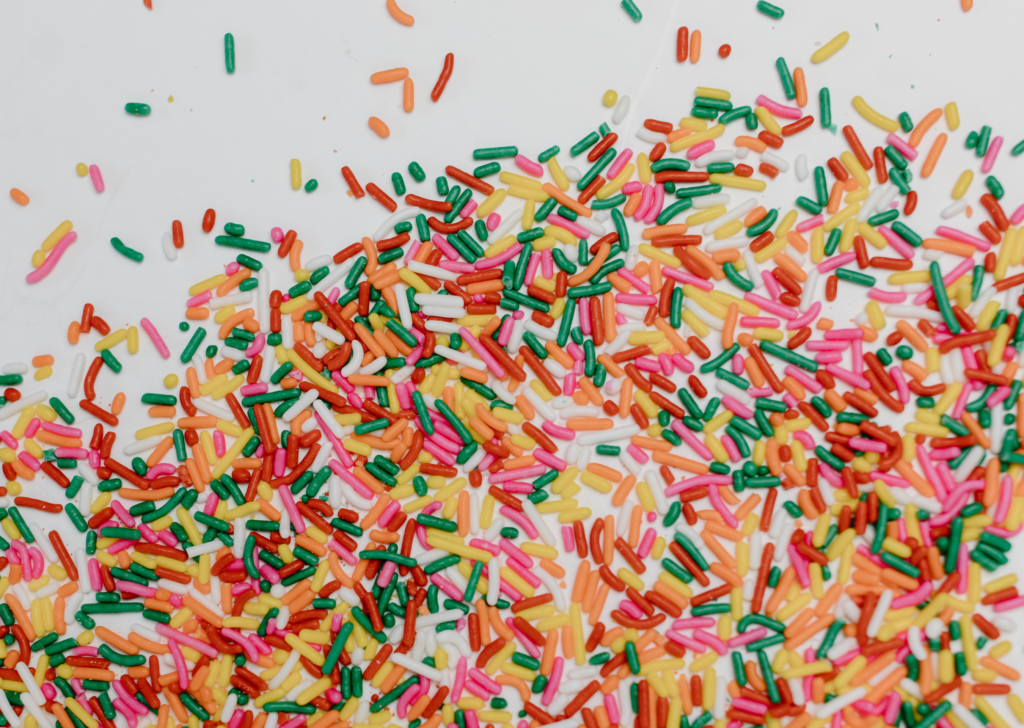
Chemical Food Dyes
There are unfortunately so many horrible conditions and symptoms and dis-ease related to chemical food dyes. There are four in particular that are known to cause issues in children: Red 40, Blue 1, Yellow 5, and Yellow 6. Then there are other dyes that have been banned already because they’re known to cause cancer or organ damage. A simple internet search will provides lots of reputable sources claiming this and more.
The worst part in my opinion is the renaming of these toxic food dyes. Allura Red (Red 40), Tartrazine (Yellow 5), Brilliant Blue (Blue 1), Sunset Yellow (Yellow 6).
New names don’t fix the problem, but instead hide it, which is even worse. Food companies are aware of the bad rap and how truly awful they are, yet they rename them so the average person won’t realize. These dyes are already in everything – premade canned relish, pickles, and much much more.
Why Flower Sprinkles?
It’s healthy and organic. So many flowers provide medicinal benefits and our modern society cringes away from the idea of eating flower petals. We’ve been programmed to believe that flowers are purely decorative and that’s simply not true for many flowers. I have an article outlining 10 powerful flowers to grow if you want to learn more about more medicinal flower uses.
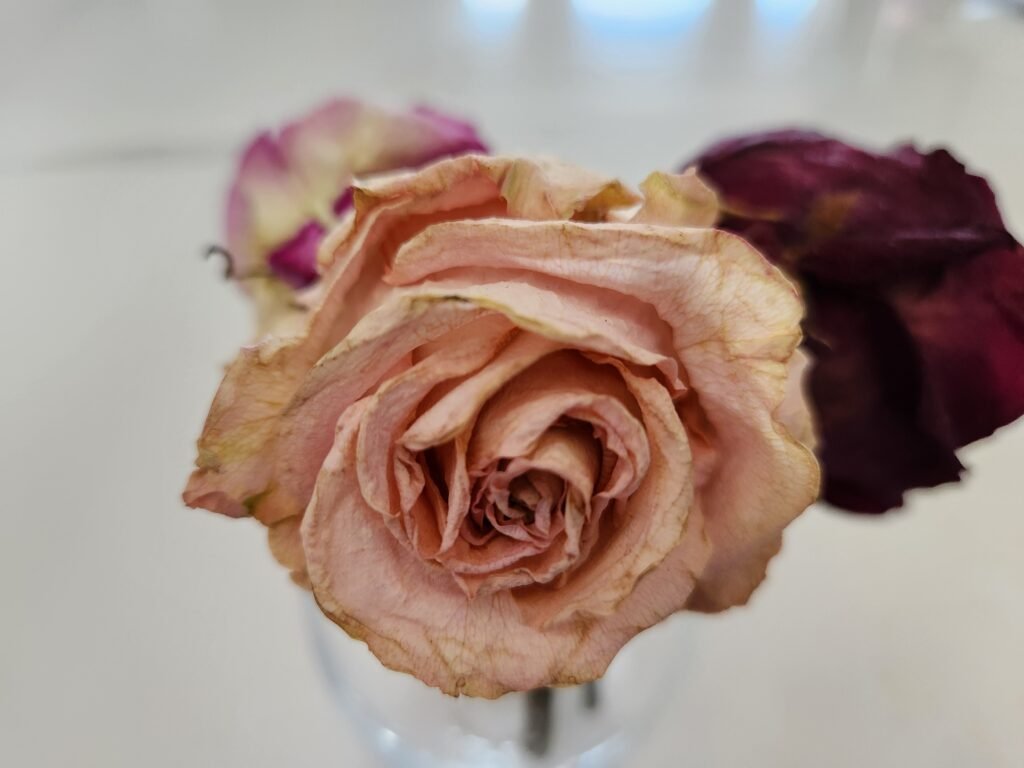
Best All-Around Flowers to Use for Flower Sprinkles By Colour
For some of these powerful flowers you can use the leaves for medicinal purposes. For sprinkles, I would suggest just sticking to the petals.
Red
- Rose (Rosa spp.): Rose petals are rich in vitamin C, antioxidants and have a delicate floral flavor that aids in relaxation. Use rose petals in teas, jams, and desserts and have mild astringent properties that benefit skin health. Commonly bloom in red, pink and white. Roses prefer full sun and well-drained soil. Regular pruning encourages more blooms, so cut yourself a fresh bouquet every so often.
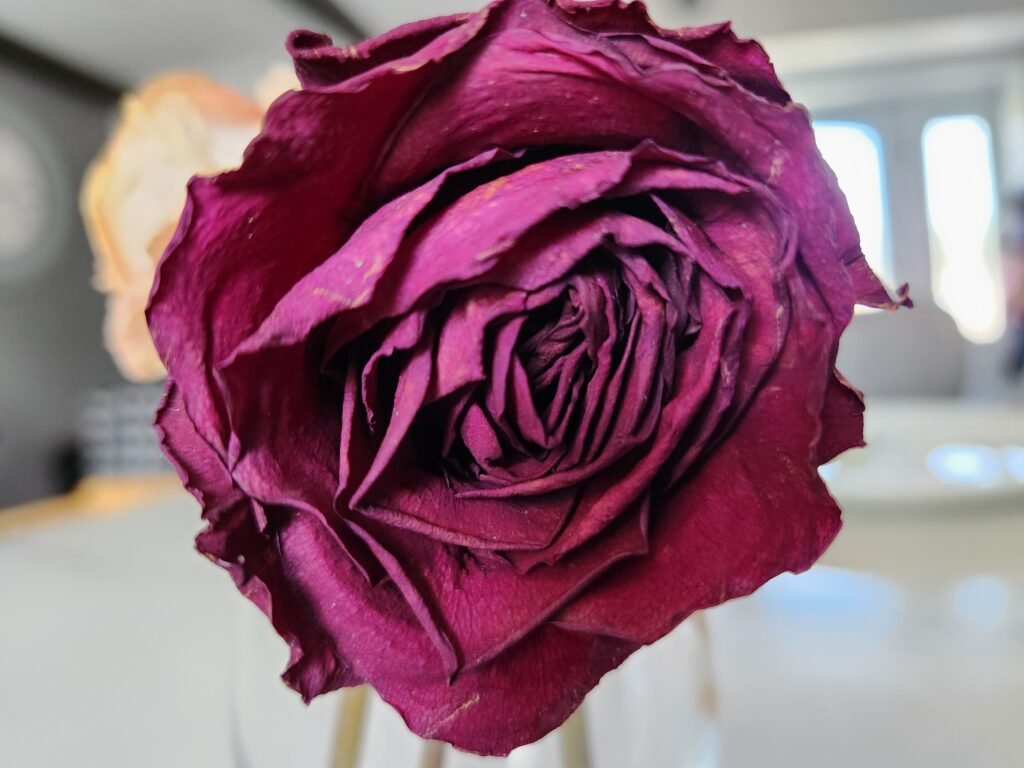
Orange
- Calendula (Calendula officinalis): Calendula is known for its bright orange and yellow petals, which have powerful anti-inflammatory and antimicrobial properties. Use in skin salves and teas to soothe wounds, rashes, and digestive issues. Calendula prefers full sun and well-drained soil. Deadheading the flower regularly to encourage more blooms.
- Nasturtiums (Tropeaoleum majus): These beautiful orange flowers are well known for thier edible plant parts. So much so that a goffer literally ate the whole plant in spring and it only just grew back in time for the fall! The flowers and leaves are edible. Rich in vitamin C, has antimicrobial properties, stimulates digestion and supports gut health, plus much more. They’re delicious and a perfect flower to add to your sprinkles.
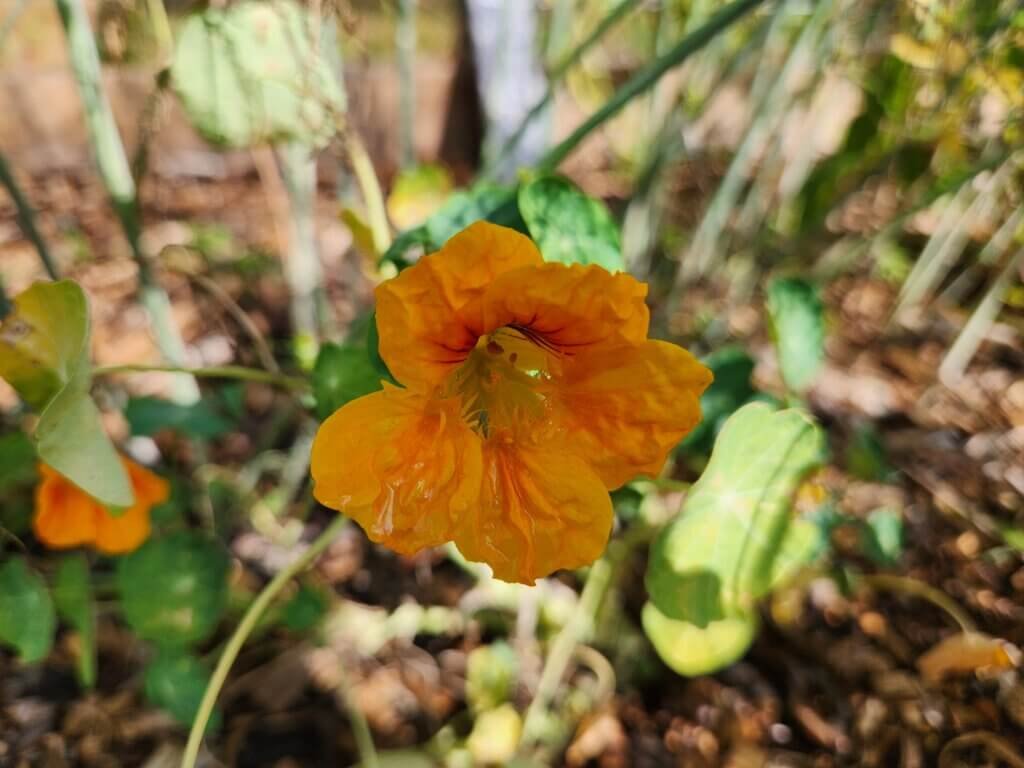
Yellow
- Dandelion (Taraxacum officinale): Dandelions beautiful yellow petals bring me so much joy in those early spring days! Dandelion flowers, leaves, and roots are packed with nutrients, vitamins and have detoxifying properties while also aiding in digestion. Use the flower petals in salads and teas, while the roots are often roasted for a coffee-like drink. dandelions thrive in almost any soil and full sun. It’s worth considering to grow in containers to prevent spreading.

Green
- There are a few green flower blooms, but I haven’t been able to confidently recommended an edible green petal. However Nasturtium and Dandelion leaves are edible so they can be added to your flower sprinkles!
Blue
- Blue Cornflower (centaurea cyanus): Also known as ‘bachelor’s button’ these beautiful dark blue, almost purplish petals have a slightly spicy, clove-like taste. Use the bachelor button petals to help treat fevers, constipation, water retention and chest congestion. They can even help with women’s menstrual struggles and yeast infections.
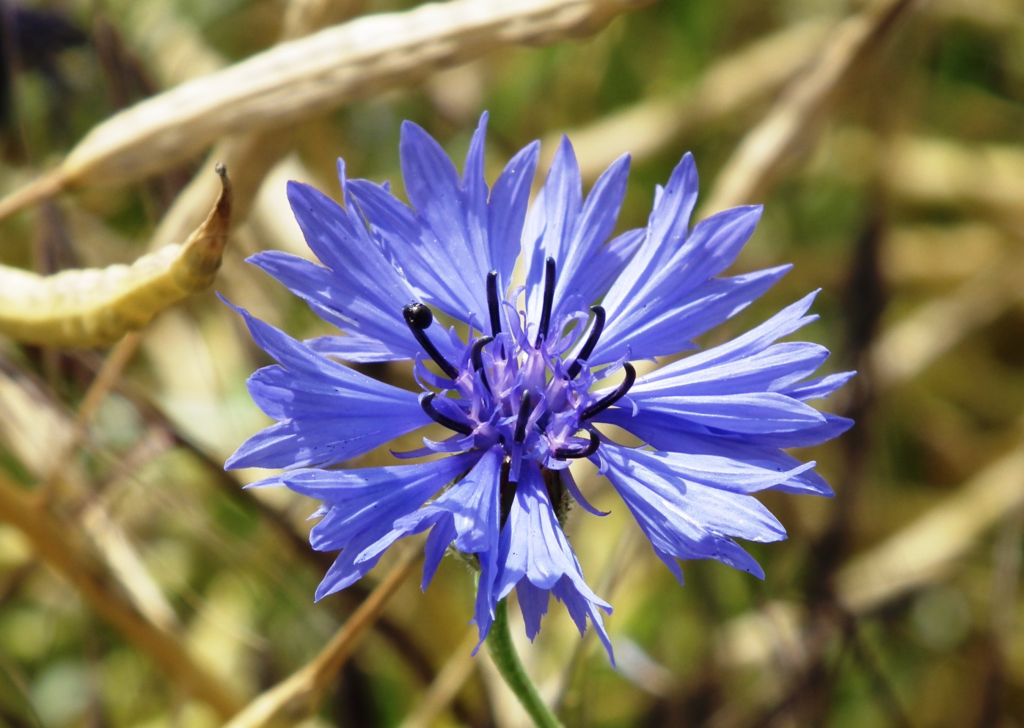
Purple
- Echinacea (Echinacea purpurea): Echinacea’s purple coneflowers are widely used to boost the immune system and reduce the severity of colds and infections due to it’s antiviral properties. Herbalists use echinacea in teas, tinctures and capsules. Use the roots and petals as the main components in teas and tinctures. The flower grows best in full sun and well-drained soil. Attracts pollinators and is drought-tolerant.
- Lavender (Lavandula spp.): Lavender’s fragrant purple flowers are prized for their relaxing and antimicrobial properties. It’s commonly used in aromatherapy, teas, and baked goods to promote calm and reduce anxiety. Lavender requires full sun, well-drained soil, and good air circulation. Prune after flowering to promote growth.
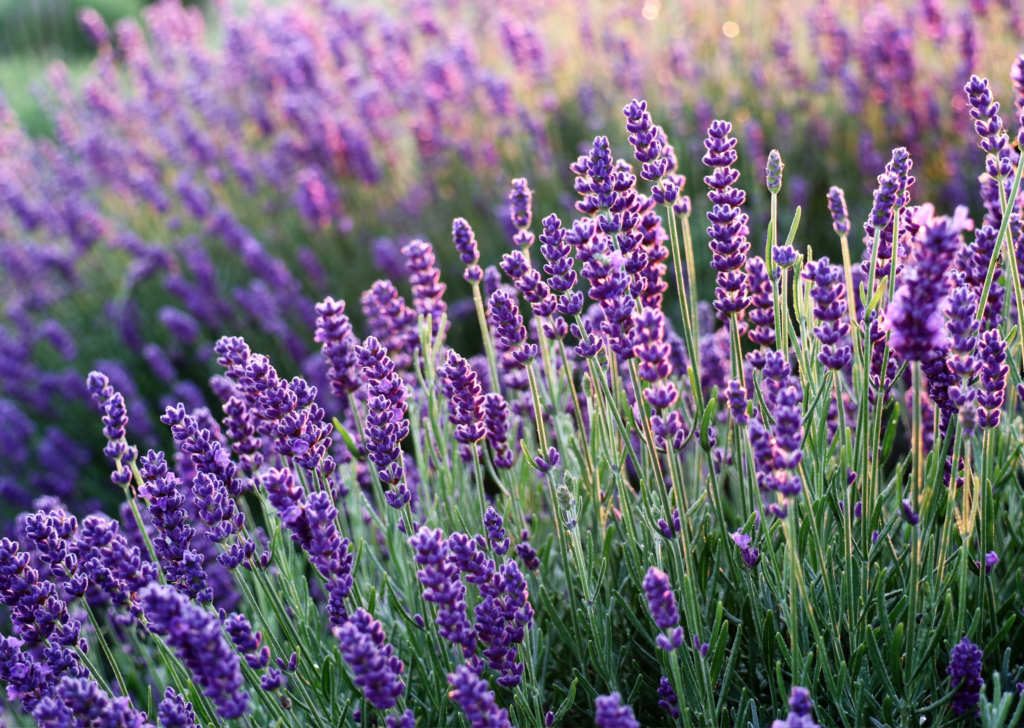
Pink
- Red Clover (Trifolium pratense): Red clover’s pinkish-purple blossoms are known for their detoxifying and hormone-balancing properties. It’s often used in teas to support respiratory health and balance estrogen levels. Red Clover is great for women going through preamenopause and menopause.
White
- Chamomile (Matricaria chamomilla): Chamomile’s small, white daisy-like flowers are valued for their calming and anti-inflammatory effects. Chamomile tea is popular for reducing stress, aiding sleep, and soothing digestive discomfort.
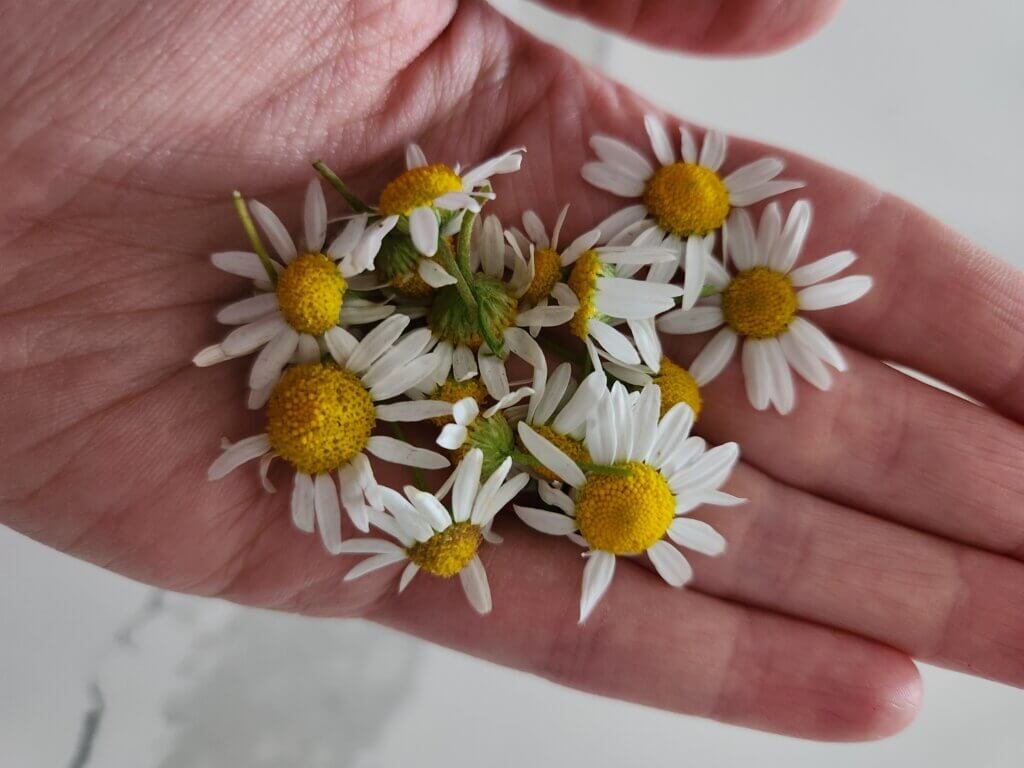
How-To Make Flower Sprinkles
- Plan for at least 3 different colors to start – at least your primary colors (red, yellow and blue/purple).
- When the flowers come into fully bloom, cut off multiple blooms, very gently wash with water and leave to dry.
- Use a dehydrator on the lowest setting for 12 hours to start, then check until the blooms feel completely dry. If you’re unsure, let them keep drying out. Do not store even semi-dry. You must be completely confident the flower is dry before storage.
- Once dried, using your hands rub the dried blooms together to gently break apart.
- Add to a container.
- As more and more dried blooms go through this process, continue to add to container. Once you’ve collected a sufficient amount in a wide arrange of colors, you made flower sprinkles!
- Add to literally everything and anything and enjoy the 100% natural, organic flavor of dye-free sprinkles!
- Try out the flower sprinkles on this chewy gingerbread cookie recipe or this pumpkin oatmeal breakfast casserole!
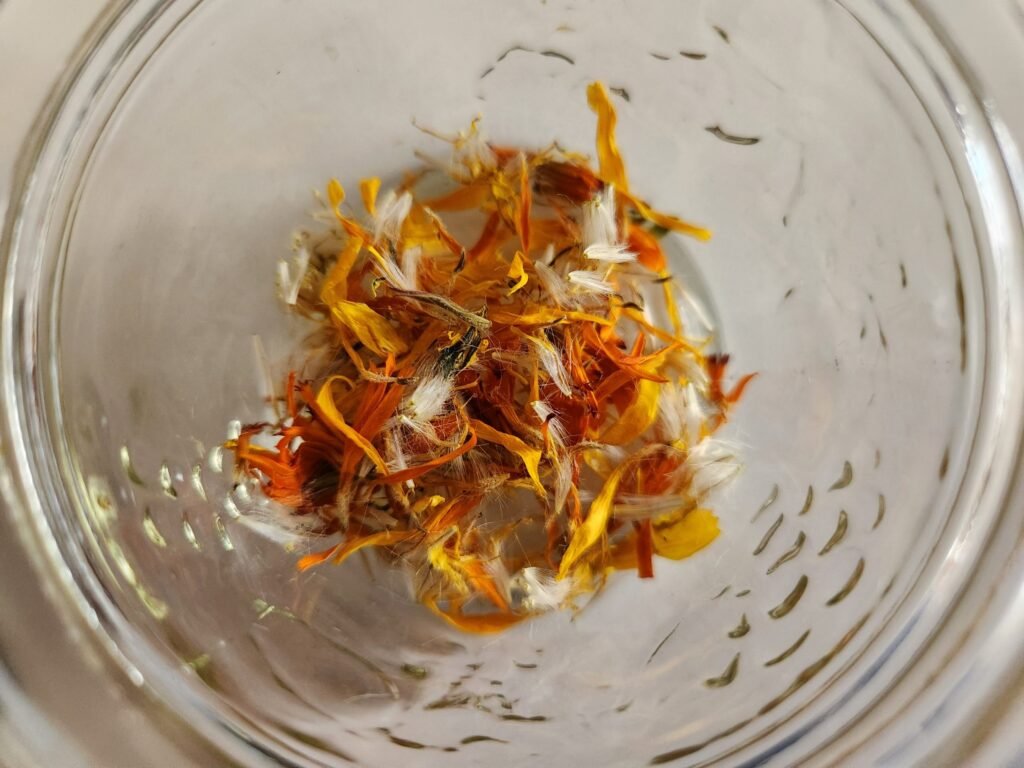
Conclusion
We hope you enjoyed this how to make flower sprinkles article. If you did make sure you check out the other content on medicinal herb guides, growing guides, seed saving guides, recipes and more. We are growing our website with more articles all the time, and we invite you to grow with us. Whether you’re a seasoned gardener or just starting out, it can be an enriching experience. If you have any questions or want to share your gardening knowledge, feel free to leave a comment below. Happy gardening!

